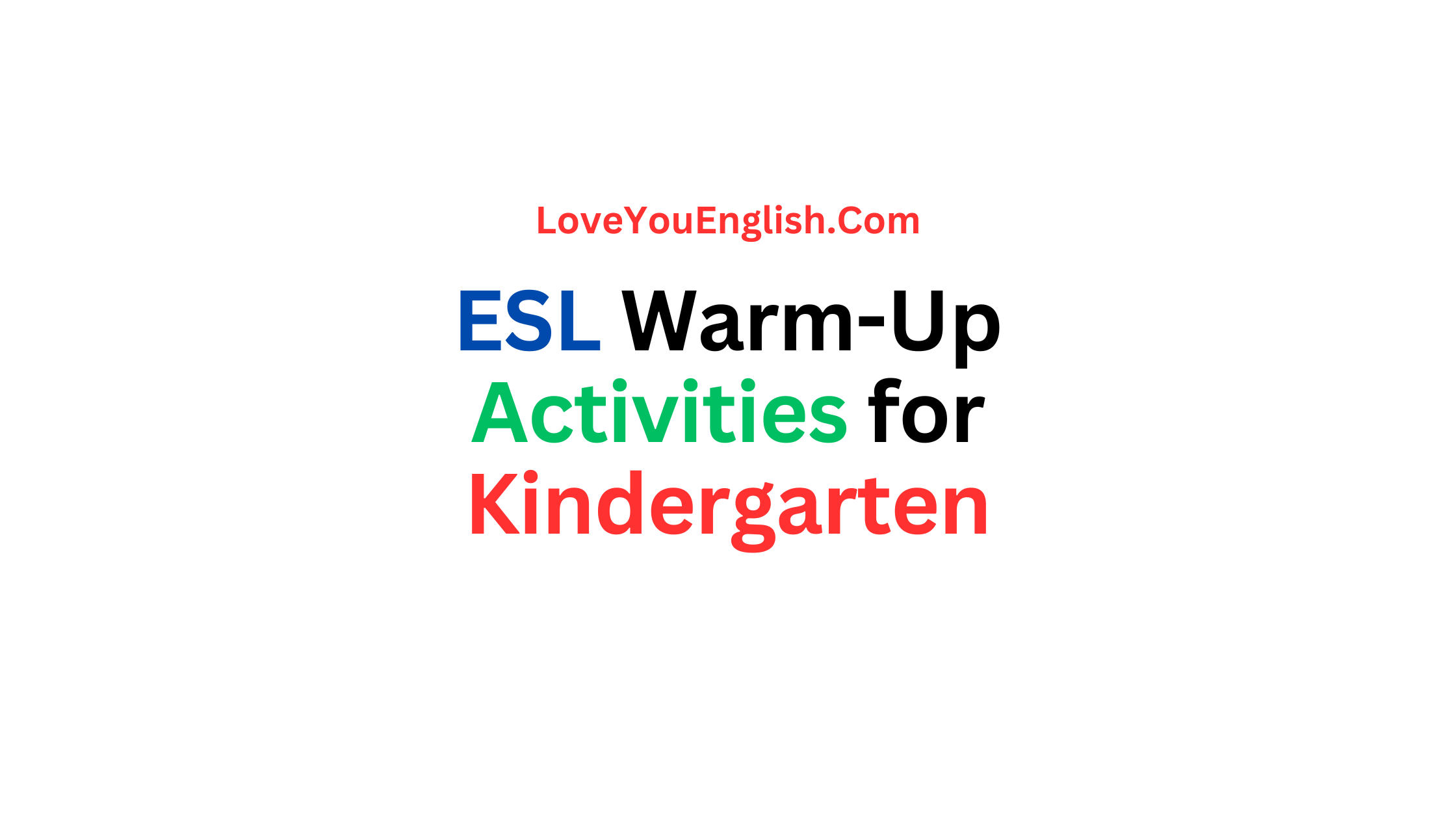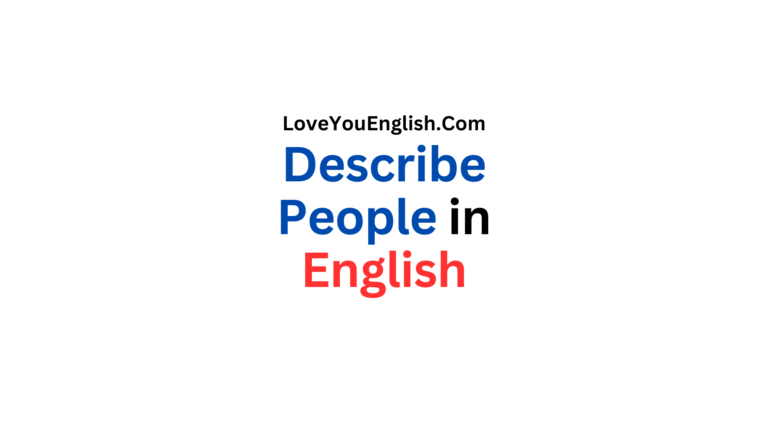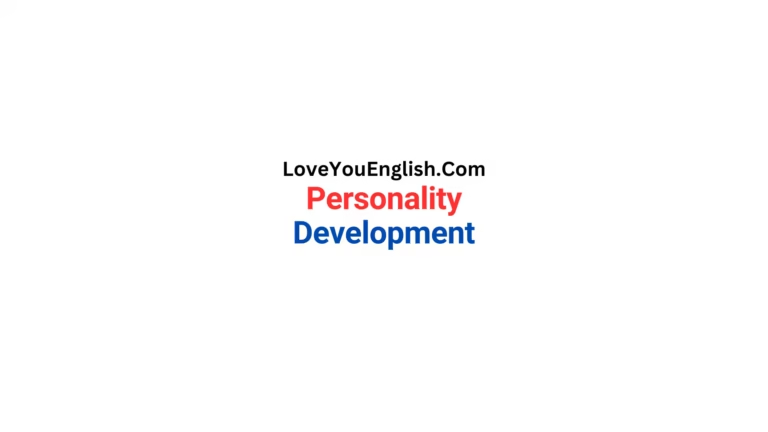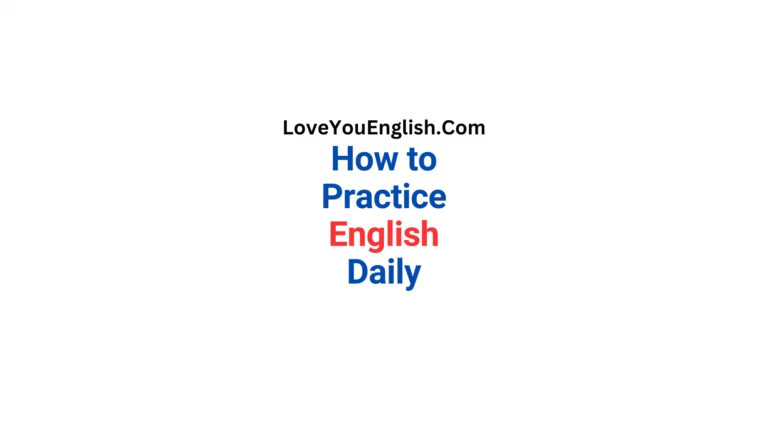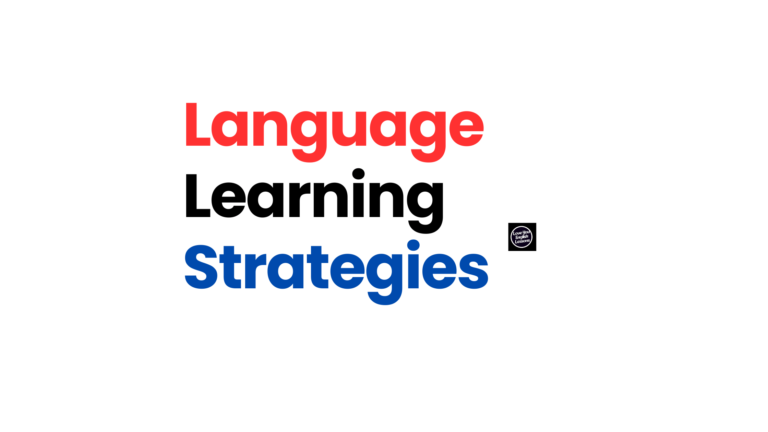ESL Classroom Games for Preschool Learners
Sharing is caring!
ESL Classroom Games for Preschool Learners
Did you know that a simple game can turn a shy preschooler into a chatterbox in English?
Teaching English as a Second Language (ESL) to preschool learners is so much fun! These little ones are full of energy, curious about everything, and love to play. Games are the perfect way to help them learn English without even realizing it. They laugh, move, and talk—all while picking up new words and phrases. As a teacher or parent, you don’t need fancy tools or hours of planning. With a few easy ideas, you can make learning English a blast for them.
In this blog, I’ll share some of my favorite ESL classroom games for preschoolers. These games are simple, exciting, and work great for kids aged 3 to 5. Whether you’re teaching colors, numbers, animals, or basic greetings, there’s something here for you. Let’s get started!
Why Games Work for Preschoolers
Before we jump into the games, let’s talk about why they’re so great. Preschoolers don’t sit still for long. They wiggle, giggle, and want to touch everything. Long lessons with books or worksheets? Nope, that’s not their style! But games? Oh, they love those. Games let them move, play, and learn at the same time.
When kids play, they’re happy. And when they’re happy, they’re not scared to try new things—like saying “Hello!” or “Dog!” in English. Plus, games help them remember better. Ever notice how a kid can sing a song after hearing it twice? That’s the magic of fun! Now, let’s look at some games you can try in your ESL classroom.
1. Color Hunt
What You Need: Colored paper or toys (red, blue, yellow, etc.)
How to Play:
Hide some colored objects around the room before class starts. Tell the kids, “Let’s find red!” Then, let them run around and grab anything red. When they bring it back, say, “Great job! This is red!” Repeat with other colors like blue, yellow, or green.
Why It’s Fun:
Kids love running and searching. It’s like a treasure hunt! They’ll shout “Red!” or “Blue!” without even thinking about it.
Tip:
If you don’t have colored objects, use crayons or draw circles on paper. Keep it simple!
2. Simon Says
What You Need: Just your voice!
How to Play:
You say, “Simon says, touch your nose!” and the kids touch their noses. Then say, “Simon says, jump!” and they jump. But if you say, “Touch your head!” without “Simon says,” they shouldn’t move. If they do, they sit down for one turn, then join back in.
Use easy English words like “clap,” “sit,” “stand,” or “wave.”
Why It’s Fun:
Preschoolers love the surprise of guessing what’s next. They giggle when they mess up, and it’s a great way to teach action words.
Tip:
Start slow with one or two actions. Add more as they get better!
3. Animal Parade
What You Need: Pictures of animals (or just pretend!)
How to Play:
Show a picture of an animal, like a cat, and say, “This is a cat! Meow!” Then, have the kids walk around the room pretending to be cats, saying “Meow!” Do it with other animals—dogs (Woof!), birds (Tweet!), or frogs (Ribbit!).
Why It’s Fun:
Kids love acting silly and making animal noises. It’s loud, messy, and perfect for little learners.
Tip:
If you have animal masks or toys, use them. But your voice and imagination work just fine too!
4. Number Dance
What You Need: Music (optional) and space to move
How to Play:
Call out a number, like “Three!” and the kids dance or jump three times while counting, “One, two, three!” Then try “Five!” or “Two!” Keep changing the number and watch them bounce around.
Why It’s Fun:
Dancing makes it exciting, and counting out loud sticks in their heads. They’ll be yelling “Four!” before you know it.
Tip:
If you have a speaker, play a fun song. If not, clap your hands to a beat—it works just as well!
5. Hello Circle
What You Need: A ball or soft toy
How to Play:
Sit in a circle with the kids. Hold the ball and say, “Hello, I’m [your name]!” Then roll the ball to a child. They say, “Hello, I’m [their name]!” and roll it to someone else. Keep going until everyone has a turn.
Why It’s Fun:
It’s simple and friendly. Shy kids feel safe in a circle, and they love hearing their names.
Tip:
Add “How are you?” and “I’m fine!” once they get the hang of it.
6. Picture Match
What You Need: Flashcards or drawings (e.g., apple, dog, car)
How to Play:
Lay out some pictures on the floor. Say a word, like “Apple!” and the kids run to touch the apple picture. If you say “Dog!” they switch to the dog. Make it faster as they learn!
Why It’s Fun:
They get to race and shout. It’s like a mini competition, but everyone wins by learning.
Tip:
Start with 3–4 pictures so it’s not too hard. Add more later!
7. Pass the Toy
What You Need: A small toy (like a teddy bear) and music
How to Play:
Play some music and pass the toy around the circle. When the music stops, the child holding the toy says a word you’ve taught—like “Cat,” “Run,” or “Hi!” Then start the music again.
Why It’s Fun:
The suspense of the music stopping keeps them on their toes. They love the surprise!
Tip:
If no music, just say “Stop!” randomly. It’s just as exciting.
8. What’s Missing?
What You Need: 4–5 objects (e.g., pencil, book, ball)
How to Play:
Show the kids the objects and name them: “Pencil, book, ball, cup.” Then cover them with a blanket and take one away secretly. Lift the blanket and ask, “What’s missing?” They shout out the answer—like “Ball!”
Why It’s Fun:
It’s like a magic trick! They feel so smart when they guess right.
Tip:
Use toys or snacks they like—it keeps them interested!
9. Sing and Move
What You Need: A simple song (like “Head, Shoulders, Knees, and Toes”)
How to Play:
Sing the song and do the actions with the kids. Point to your head, shoulders, knees, and toes as you sing. Repeat a few times until they join in.
Why It’s Fun:
Songs stick in their heads, and moving makes it a party. They’ll sing it at home too!
Tip:
Try other songs like “If You’re Happy and You Know It” for more fun words.
10. Treasure Box
What You Need: A box with small items (e.g., toy car, apple, doll)
How to Play:
Let one child reach into the box without looking and pull something out. Ask, “What is it?” They say, “It’s a car!” or “It’s an apple!” Then the next child tries.
Why It’s Fun:
The mystery of the box is thrilling. They can’t wait to see what’s inside!
Tip:
Use items they know in English already, then add new ones slowly.
Tips for Success
Okay, you’ve got 10 awesome games now! But how do you make them work every time? Here are some tricks I’ve learned:
- Keep it Short: Preschoolers get tired fast. Play for 5–10 minutes, then switch games.
- Be Silly: Make funny faces or voices. If you’re excited, they will be too!
- Praise Them: Say “Wow, great job!” or clap when they try. It builds confidence.
- Repeat: Use the same words—like “jump” or “red”—in different games. It helps them remember.
- Mix It Up: Some kids love running, others like sitting. Try active and calm games together.
Why I Love These Games
I’ve taught preschoolers for years, and nothing beats seeing their smiles when they learn through play. Games aren’t just for fun—they build skills. Kids learn to listen, speak, and even share with friends. And the best part? You don’t need much. A ball, some paper, or just your hands and voice—that’s enough.
Your Turn!
So, what do you think? Ready to try these in your classroom or at home? Start with one—like Simon Says or Color Hunt—and see how it goes. Watch those little faces light up as they say their first English words. You’ll feel like a superhero teacher!
Which game sounds the most fun to you? Let me know—I’d love to hear your stories too! Teaching preschoolers English doesn’t have to be hard. With games, it’s a big, happy adventure—for them and for you.
Read more:
- The Role of Technology in English Teaching
- Managing Discipline in Online ESL Lessons
- The Rise of Online English Teaching
- The Ultimate Guide To Online English Teaching
- Online Education: The Modern Way to Learn
Resources:
- Purdue Online Writing Lab (OWL)
- Merriam-Webster Dictionary
- Oxford English Dictionary (OED)
- Grammarly Blog
Sharing is caring!

